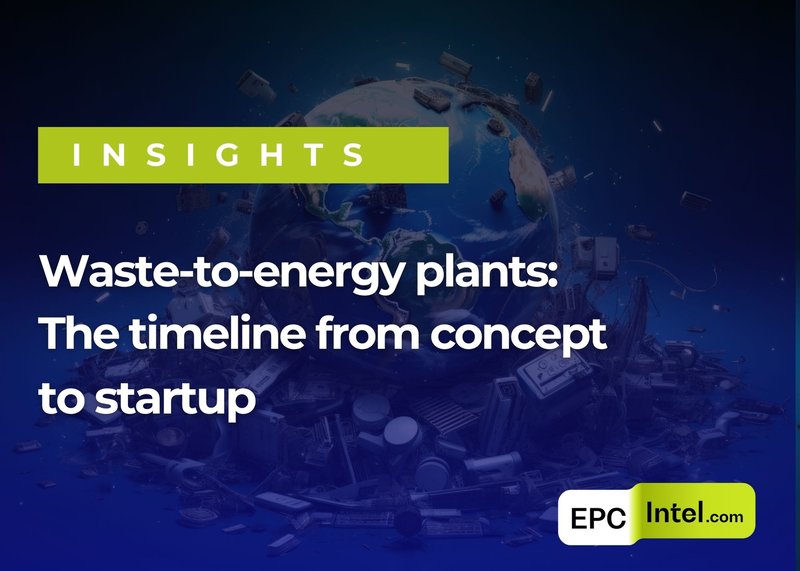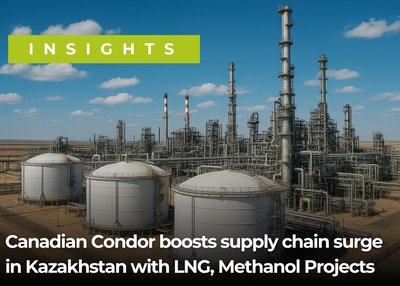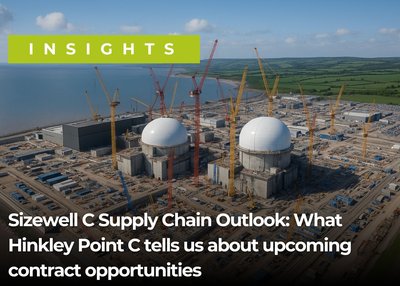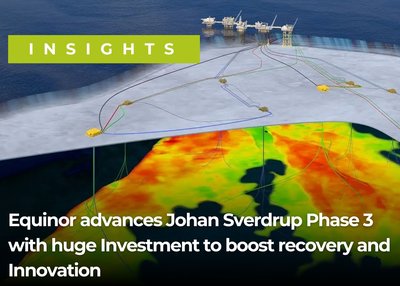The timeframe to develop a waste-to-energy (WTE) plant from concept to startup can vary significantly depending on factors such as the complexity of the project, the technology chosen, the size of the facility, regulatory hurdles, and the location. On average, the entire process takes between 4 to 7 years. Below is a general breakdown of the key stages involved and the typical time required for each.
Feasibility Study and Concept Development (6 to 12 months)
Activities
- Initial project concept development, including market analysis, resource assessment (waste supply), and preliminary technical assessments.
- Financial modeling to determine the viability of the project.
- Engagement with stakeholders and exploration of potential partnerships.
Challenges
Securing accurate data on waste availability, ensuring market demand for energy or heat, and identifying potential site locations.
Permitting and Regulatory Approvals (12 to 24 months)
Activities
- Securing necessary environmental permits and licenses for air emissions, water usage, waste processing, and construction.
- Conducting environmental impact assessments (EIA), public consultations, and meeting local and national regulatory standards.
- Applying for zoning permits and approvals from local authorities.
Challenges
Navigating local regulatory frameworks, engaging with local communities, and addressing any opposition from environmental groups or residents.
Financing and Procurement (6 to 18 months)
Activities
- Securing project financing, including debt and equity funding, public-private partnerships, or government incentives.
- Issuing requests for proposals (RFPs) for equipment suppliers and construction contractors.
- Finalizing contracts for feedstock supply (waste), energy off-take agreements (electricity or heat sales), and construction contracts.
Challenges
Aligning financing terms with construction timelines, securing long-term feedstock and off-take agreements, and managing fluctuating energy market prices.
Detailed Design and Engineering (6 to 12 months)
Activities
- Completing the detailed design of the WTE plant, including technical specifications for waste processing, power generation, emissions control, and utility systems.
- Finalizing equipment procurement plans and engaging with technology providers (e.g., for incineration, gasification, or anaerobic digestion technologies).
Challenges
Ensuring that design meets regulatory and operational requirements, selecting the right technology for the type of waste, and optimizing plant efficiency.
Construction and Installation (18 to 36 months)
Activities
- Site preparation and civil works, including foundation laying and construction of buildings.
- Installation of waste processing and power generation equipment (e.g., boilers, turbines, generators).
- Installing utilities, emissions control systems, and integrating waste handling systems.
Challenges
Delays in equipment delivery, local labor availability, weather conditions, and potential site-specific issues (e.g., soil conditions or environmental constraints).
Commissioning and Testing (6 to 12 months)
Activities
- Commissioning of the plant, including testing of all equipment and systems (waste feed systems, energy production, emissions controls).
- Initial operations to ensure that the plant meets design specifications, including emissions and energy output targets.
- Training of operational staff and ensuring all safety protocols are in place.
Challenges
Potential issues with equipment integration, testing delays, or regulatory inspections before operation can commence.
Startup and Commercial Operation (1 to 3 months)
Activities
- Transitioning from commissioning to full commercial operation, with final regulatory approvals for long-term operation.
- Initial ramp-up of waste processing and energy production to ensure consistent performance.
Challenges
Achieving steady state operation, optimizing plant efficiency, and ensuring full regulatory compliance.
Summary of Total Timeline: 4 to 7 years from concept to startup
- Feasibility and Concept Development: 6 to 12 months
- Permitting and Approvals: 12 to 24 months
- Financing and Procurement: 6 to 18 months
- Design and Engineering: 6 to 12 months
- Construction and Installation: 18 to 36 months
- Commissioning and Testing: 6 to 12 months
- Startup and Commercial Operation: 1 to 3 months
Key factors affecting timeline
Regulatory Environment
In regions with strict environmental regulations, the permitting and approval process can extend project timelines.
Technology Choice
More advanced technologies (e.g., gasification or pyrolysis) may take longer to design and construct compared to traditional incineration or anaerobic digestion systems.
Project Size
Larger plants with greater processing capacities may have extended construction timelines due to the complexity of the project.
Financing and Partnerships
Delays in securing project financing or partnerships for feedstock supply and energy off-take can slow progress.
Local Opposition
Community concerns about emissions, odor, or traffic can lead to delays during the permitting phase, requiring additional consultations and environmental impact mitigations.
Conclusion
While the development of a waste-to-energy plant is a lengthy process, the benefits of energy production, waste management, and reduced greenhouse gas emissions make these projects an essential component of the energy transition.
To stay informed about the latest developments in waste-to-energy projects and to explore valuable information, visit EPCIntel.com, a trusted source for comprehensive data and analysis on energy infrastructure projects.




